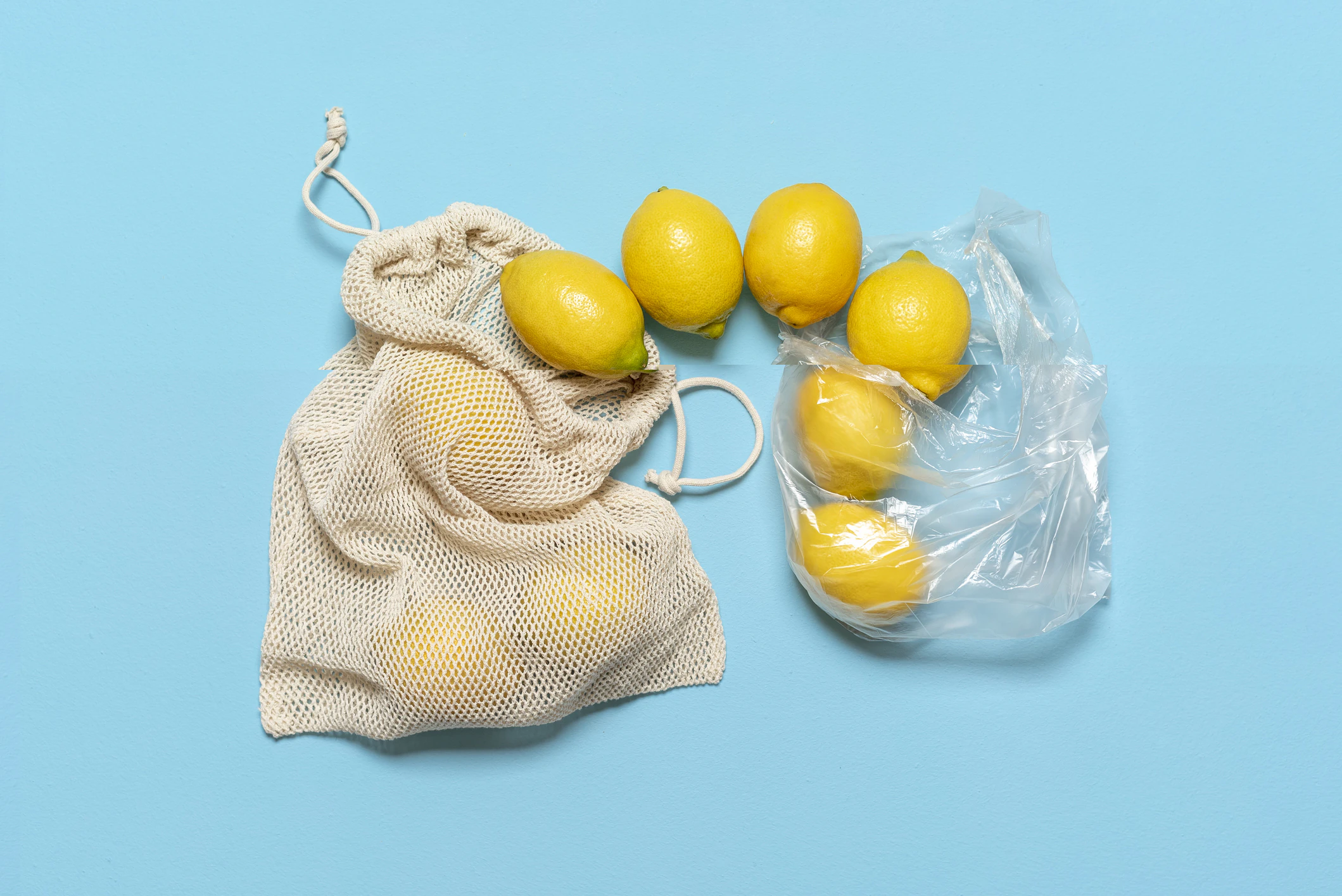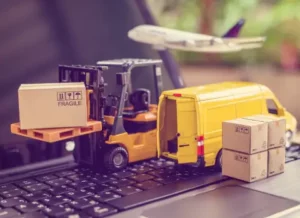Sustainable CPG (Consumer Packaged Goods) packaging involves the strategic design, development, and use of packaging solutions that minimize environmental impact while addressing societal needs. This approach balances resource conservation, waste reduction, and carbon emission mitigation with the need to maintain product integrity, provide consumer information, and enhance convenience.
There are three key sustainable packaging strategies in the CPG sector:
01
- Recyclable Packaging
- Utilizes materials like glass, steel, aluminum, cardboard, paper, and select plastics that can be reclaimed and reused, improving supply chain efficiency and reducing environmental impact.
02
- Flexible Packaging
- Employs non-rigid materials such as paper and plastic, offering greater efficiency and transparency compared to traditional rigid packaging methods.
03
- Biodegradable Packaging
- Uses naturally decomposable materials, aligning with sustainability principles and addressing rising waste management costs.
As consumers increasingly demand eco-friendly solutions, CPG companies must integrate sustainable packaging into their offerings. This involves leveraging technology like automation and lean practices to enhance supply chain efficiency. Adopting sustainable materials from renewable sources and compostable alternatives helps mitigate packaging’s environmental impact throughout its lifecycle. Cultivating a culture of sustainability is both an ethical imperative and a strategic necessity for long-term success in today’s environmentally conscious market. By integrating sustainable packaging, CPG companies can adapt to evolving consumer preferences and address sustainability challenges effectively.
Key Considerations for Sustainable Packaging:
Material Selection: Choose materials with lower carbon footprints and minimal environmental impact.
Supply Chain Optimization: Collaborate with suppliers to reduce waste and improve recyclability throughout the supply chain.
Consumer Engagement: Educate consumers on recycling practices and involve them in sustainability efforts.
Major trends in sustainable CPG packaging for Companies
Usage of innovative materials such as biodegradable plastics, compostable, and recycled materials
Companies are shifting towards compostable, recyclable materials and biodegradable plastic instead of harmful plastic. The production of harmful plastic releases dangerous gases into the atmosphere, resulting in serious consequences. Bottles and lids of food products are now made from healthier and more easily degradable materials such as bamboo, rice husk, and gelatin films, which are inherently less hazardous to the environment. Increasing adoption of non-plastic materials such as glass, paper, hemp, PLA-based, and bagasse-based packaging has resulted in a lower carbon footprint with cheaper manufacturing costs.
Usage of Life Cycle Assessment Software
Suppliers are utilizing software tools to conduct life cycle assessments (LCAs) of their packaging solutions. LCAs help identify environmental impacts throughout the entire lifecycle of a product, from raw material extraction to end-of-life disposal. Life cycle assessment plays a crucial role in evaluating and improving the sustainability of product packaging. By considering the entire life cycle of packaging materials and designs, it helps reduce environmental impacts, optimize resource use, and promote eco-friendly choices for consumers and businesses alike. This software often involves collaboration with suppliers and partners in the supply chain, which fosters a more holistic approach to sustainability.
Adoption of robotics, automation, and smart packaging
Smart packaging is a fresh trend that is being implemented globally to automate the packaging activity and make the process efficient. Automation improves production efficiency, reduces errors, and minimizes energy consumption. In addition, robotic systems can precisely measure and cut materials, thereby reducing waste, and optimizing resource usage. Some sustainable cpg packaging suppliers are integrating technology into packaging to enhance its functionality. Smart packaging can include features like temperature monitoring, freshness indicators, and QR codes for recycling information. These innovations not only minimize environmental impacts but also enhance efficiency and consumer awareness, contributing to a more sustainable and eco-conscious approach to packaging, all in line with environmental conservation goals.
Major challenges faced by companies in adopting sustainable packaging
Higher upfront costs
When starting or expanding a business, there are often substantial upfront costs involved in setting up infrastructure, purchasing equipment, hiring staff, and marketing. These expenses must be covered before the business generates revenue, which can strain finances. This includes costs related to adapting production lines and processes to accommodate new sustainable materials and designs. Overcoming the challenge of higher upfront costs often requires careful financial planning, access to capital through loans or investors, and a clear understanding of the long-term benefits or returns on the investment.
Cost of raw materials
The increase in the price of raw materials such as resin, lumber (timber), EVOH, and kraft paper is resulting in an increase in the manufacturing cost of sustainable packaging materials. This rise in the cost of raw materials has underscored the imperative for sustainable packaging solutions. As traditional packaging materials become more expensive, businesses are seeking alternatives that not only mitigate cost pressures but also address environmental concerns.
Steady and reliable supply of sustainable materials
Sourcing suitable sustainable materials can be challenging due to the limited availability of vendors who provide sustainable materials at reasonable costs and ensure the same premium quality at times of volatile market conditions. Finding environmentally friendly alternatives that meet functional requirements is crucial as relying on one supplier may cause supply chain delays. Ensuring a steady supply necessitates robust supplier relationships, investment in resource development, and resilient logistics networks. Sustainable materials sourcing requires careful planning to overcome these hurdles and maintain a reliable supply chain while meeting eco-conscious objectives.
Compliance with varying regulations
Global companies face challenges in complying with varying regulations and standards for sustainable packaging across different regions due to the ever-changing business world and the increasing need for alterations in the current laws. Different regions and countries have their own sets of rules and standards regarding packaging materials, recycling, labeling, and environmental impact. Navigating this complex regulatory landscape can be daunting for businesses that operate across borders. Moreover, regulations related to sustainability are continually changing as governments respond to environmental concerns.
Sustainable strategies
Utilizing Technology for Transparency
AI and ML technologies offer unparalleled insights into supply chains, enabling real-time tracking of products from raw material sourcing to final delivery. This data-driven approach helps identify and address sustainability issues, informing strategic decisions that lead to more efficient and responsive operations. AI enhances supply chain transparency, ensuring compliance with ethical and sustainability standards, and provides valuable data for stakeholders.
Implementing Strategic Cost Management and Pricing
Sustainable packaging is a key differentiator in competitive markets, visually demonstrating a brand’s environmental commitment. Investing in R&D for sustainable packaging solutions can lead to materials that are recyclable, compostable, or sourced from renewable sources, aligning with consumer and regulatory expectations. Additionally, diversifying product offerings to appeal to eco-conscious consumers and educating them about sustainable practices can encourage acceptance of price premiums for green products.
Embracing Sustainable Packaging
Fostering a culture that values sustainability is essential for long-term success. This involves integrating sustainability into every aspect of the business, guiding decision-making, driving innovation, and motivating continuous improvement. Strategic cost management and intelligent pricing are also crucial, using lean practices and data analytics to optimize costs while balancing profitability and customer satisfaction
Diversifying Products and Educating Consumers
Expanding product offerings to appeal to the environmentally conscious consumer segment can help counter slowing demand. Additionally, initiatives to educate consumers about the value of sustainable practices can encourage increased acceptance of price premiums for green products.
Cultivating a Culture of Sustainability
In addition to strategic and operational changes, it is important to foster a culture that values and promotes sustainability at all levels of the organization. Sustainability is not just a corporate strategy—it’s a mindset that should permeate every aspect of the business, guiding decision-making, driving innovation, and motivating continuous improvement.
Strategic Cost Management and Pricing
Amid rising costs, strategic cost management and smart pricing have become vital. Lean management practices and process automation can help optimize costs, while data analytics can guide informed pricing decisions to balance profitability and customer satisfaction.
Championing Sustainable Packaging
Sustainable packaging serves as a powerful differentiator in a crowded market, offering an immediate visual testament to a brand’s commitment to the environment. Investing in R&D for sustainable packaging solutions can lead to the creation of materials that are recyclable, compostable, or sourced from renewable sources, aligning your brand with evolving consumer and regulatory expectations.
Product Diversification and Consumer Education
Diversifying product offerings to cater to the eco-conscious consumer segment can help counter slowing demand. Alongside this, initiatives to educate consumers about the value of sustainable practices can encourage increased acceptance of price premiums for green products.
Building a Culture of Sustainability
Beyond strategic and operational changes, it’s crucial to foster a culture that values and promotes sustainability at all levels of the organization. Sustainability is not just a corporate strategy—it’s a mindset that should permeate every aspect of the business, guiding decision-making, spurring innovation, and motivating continual improvement.
Conclusion
As CPG companies navigate sustainability challenges amidst rising costs and shifting preferences, integrating sustainable packaging into their product offerings emerges as a strategic necessity. To address the environmental impact of packaging and ensure efficiency throughout supply chains, embracing sustainable options and leveraging technology such as process automation and transparency becomes imperative. This entails overcoming the complexity and opacity of supply chains through lean management practices and sourcing materials from renewable sources and compostable materials. Fostering a culture of sustainability within organizations not only aligns with consumer expectations but also drives efficiency and innovation in sustainable packaging solutions. In this landscape, strategic partnerships with firms like SpendEdge can provide invaluable insights and support in navigating the evolving terrain of sustainable packaging.
Author’s Details
Srinivas R
Associate Vice President, Sourcing and Procurement Intelligence
Srinivas is a solution design specialist at Infiniti Research and provides advisory services to clients across the medical devices, pharmaceutical, CPG & FMCG, energy, and ICT sectors. He specializes in the procurement areas of industry benchmarking, cost modeling, rate card benchmarking, negotiation advisory, and supplier intelligence.





